Purslane – Growing, Using, and Benefits
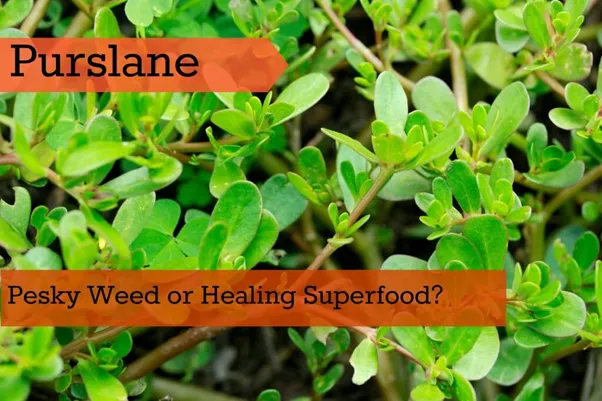
Purslane is another ‘weed’ we have around the yard. For many years I didn’t know what it was, I just thought it looked cool because it looks like a succulent. Turns out, its amazing and one of the most nutritious plants around 😊
The wild variety, which is actually considered a weed by many gardeners, is rampant and has pinkish stems, while cultivated varieties tend to grow vertically and display greenish stems. The fleshy red stems will have small green paddle shaped fleshy leaves. Purslane flowers are star-shaped and yellow in appearance. Purslane can be found in clear uncultivated or recently cultivated soil.
Other names for this plant in different tongues:
Portulaca Oleracea L. (Purtulacaceae)
English: Purslane, Garden purslane, Pigweed, Hogweed
Hindi: Khulpha, Khursa,
Arabic: Ba’le, Bakli, Farfhin, Arnuba, Bighal, Barabra (Maghrib), Rijl, Rujila, Al-hamqa, Al-baqla, Badalqa, Kharqa
Armenian: Perper
Greek: Glystiritha, Andrakln
Italian: Portulaca, Porcellana, Perchjazza
Spanish: Verdolaga
French: Pourpier potager
Turkish: Semizotu, Temizlik (Aksaray Province)

Purslan can be rather invasive and difficult to remove. Removing purslane from the garden is not the difficult part about controlling purslane though. The difficult part is keeping purslane out of your garden and yard. A mature plant has the ability to throw its seeds away from the mother plant.
Also, purslane can re-root itself from any part of its stems and leaves. Even a small piece of the plant left on the soil can result in new growth. On top of this, purslane can continue to ripen its seeds even after it has been uprooted from the ground. So, if you throw the purslane into your compost pile or trash, it can still mature and throw its seeds back out onto soil in your garden.
Purslane grows just about anywhere from fertile garden soil to the poorest arid soils. A rock driveway is heaven to purslane. It's succulent characteristic makes it very drought tolerant. Purslane prefers the fine textured soils of seedbeds as in vegetable gardens or open soil areas in paths. It doesn't germinate well when seeds are more than 1/2 inch deep. Tilling brings seeds to the surface where they quickly germinate.
Not only this, but purslane seeds can survive in the soil for years [upwards of ten years] waiting to be brought back up to the light so that they can germinate. As you can see, this weed is a survivalist among plants and all of this makes purslane control difficult. But instead I think we should propagate and use the plant for its benefits 😊
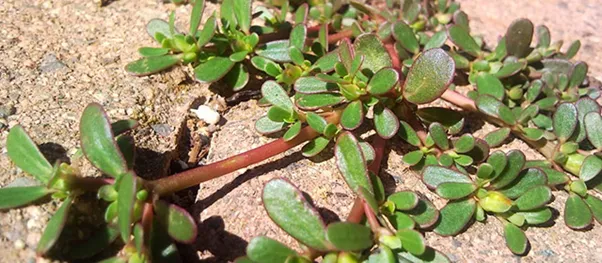
Purslane's Many Health Benefits
Owning up to its title as a "superfood," purslane has a wide variety of vitamins and minerals belonging to its arsenal. It has antibacterial, antiscorbutic (combats scurvy), depurative (detoxifying and purifying), diuretic (increases amount of water in the body), and febrifuge (reduces fever) properties.
Here are some of the additional health benefits that you can receive from consuming purslane:
- Its leaves contain high amounts of omega-3 fatty acids. Omega-3 fatty acids are responsible for helping to prevent high cholesterol and high blood pressure. Omega-3 fats also play a role in lowering the risk for the development of heart disease by combatting inflammation, and also help manage cognitive function and normal growth and development.
- Contains zinc, phosphorus, manganese, copper and calcium. Zinc is responsible for maintaining and improving immune system function. It is also responsible for fighting off free radicals that may cause cancer.
Phosphorus and calcium are responsible for bone and dental health. The latter is also essential for nerve, muscle, and blood function. Meanwhile, you need copper to help ensure the thorough absorption of iron. It is also important for hemoglobin production in your body. Lastly, manganese acts as an antioxidant and helps in fighting off free radicals. It is also important for repairing damaged tissue, breaking down fats and cholesterol, and producing energy. - An excellent source of vitamin A. Purslane packs the highest amount of vitamin A present in any leafy vegetable. Vitamin A is important for the improvement and maintenance of visual health, and is also crucial for bone and cell growth.
- Low in calories. Purslane contains only 16 calories per 100 grams. This is good news for people who are trying to limit their caloric intake. It is also packed with dietary fiber, which contributes to the feeling of fullness after every meal, limiting your intake of food and aiding in weight loss.
Despite the fact that the U.S. Department of Agriculture classifies purslane (portulaca oleracea) as a “noxious weed,” it really packs a nutritional punch, with the highest levels of omega-3 fatty acids of any green plant. It is also a natural source of melatonin, and is said to have seven times the beta-carotene of carrots and six times more vitamin E than spinach. Purslane also provides vitamin A and vitamin C, and B-complex vitamins, plus the minerals iron, magnesium, calcium, potassium and manganese. It is very low in calories – only 16 in a 3.5 ounce serving, which makes it one of the most nutrient-dense foods we know. The only potential downside is that purslane is high in oxalates – naturally occurring compounds also found in spinach, chard, beet greens and rhubarb. Oxalates are a problem for people susceptible to kidney stones, and are possibly an aggravating factor in vulvodynia. However, boiling it in water causes a great deal of oxalic acid to be eliminated, without losing many of the other beneficial nutrients.<
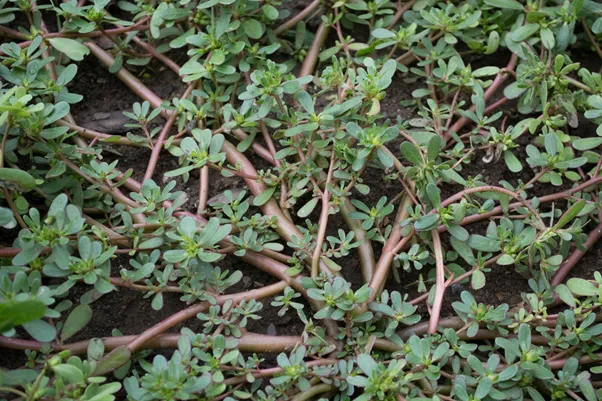
What else can it be used for?
Purslane can actually be used in different ways to treat different body aches and illnesses. It can work as a topical treatment to alleviate headaches, fevers and inflammation.
Purslane juice can also be extracted from the plant and can be used as a remedy for dry cough and shortness of breath.
On the other hand, purslane tea can be used to alleviate toothaches. Aside from these medicinal purposes, purslane can also be added to recipes for main dishes and salads to add flavor and boost the nutritional content.
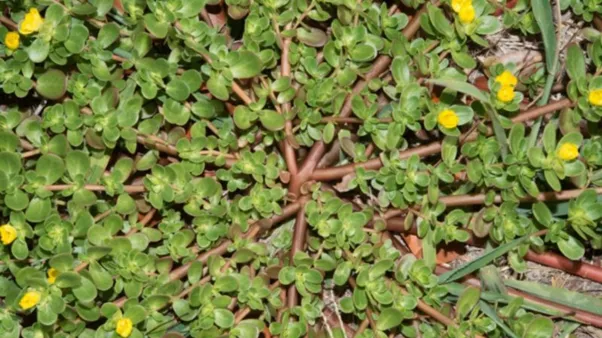
How to Eat Purslane
Purslane can be eaten either raw or cooked. If you're planning on eating raw purslane, make sure that the plant is pesticide and herbicide free to prevent accidental ingestion of harmful chemicals such as Roundup.
As a precaution, it is recommended to wash the leaves and stems thoroughly before consuming. Typically, people eat the young purslane leaves and stems to avoid the tougher parts of the plant.
For cooked purslane, there are numerous ways to incorporate this herb in your favorite dishes. You can boil it in water for 10 minutes and drain, or you can add it to other recipes to give the dish an added crunch.
Here are some salad recipies I wouldn’t mind checking out! 😊
Tomato, Cucumber, Purslane Salad
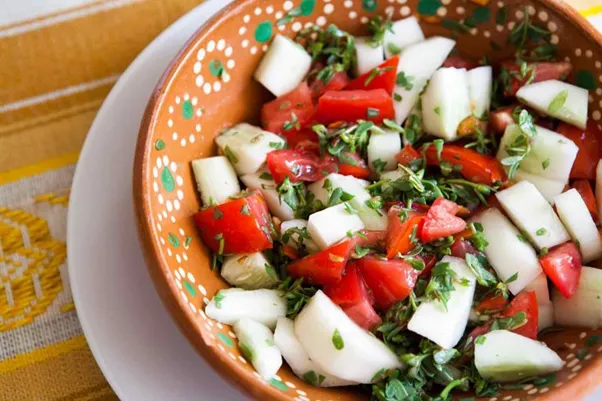
https://www.simplyrecipes.com/recipes/tomato_cucumber_purslane_salad/
WILD PURSLANE SALAD WITH OLIVE OIL AND LEMON DRESSING

https://www.geniuskitchen.com/recipe/wild-purslane-salad-with-olive-oil-and-lemon-dressing-380139
Kenj xx
Sources:
Purslane: The Weed With Wholesome Health Benefits
Purslane
Purslane Weed – Eliminating Purslane In The Garden